Project Planning
The Essentials of HDD Project Planning
Check out the basic requirements you need to consider before engaging a reliable HDD contractor—covering site surveys, geotechnical work, bore design, drilling fluids, tooling and guidance systems to deliver your project on time and on budget.
Geotechnical Information
If you want the project to be successful, then geotechnical reports are crucial. Good old-fashioned bore holes and rocks in a box are paramount to a successful installation.
In order to accurately design and cost an HDD crossing, it is highly recommended that geotechnical investigations are carried out close to the prescribed bore route, preferably to a depth exceeding that of the initial bore design.
It is always important to undertake the boreholes along the full length of the bore, not just at either end.
From the bore sample and geotechnical report, the following information can be determined.
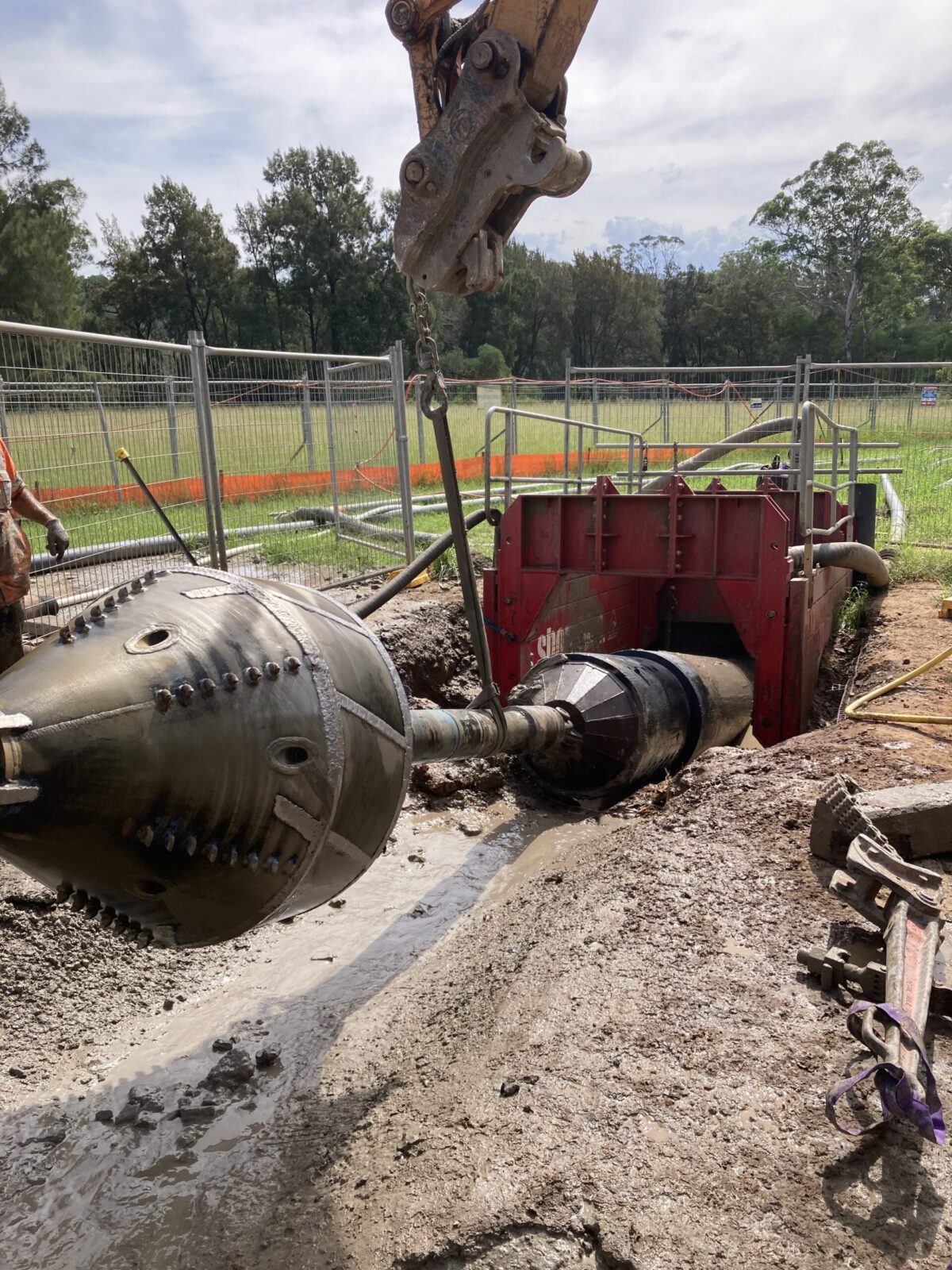
Bore Design
Bore designs for HDD have significant constraints that need to be determined in order to dictate the validity of design prior to construction. The length of the proposed bore is determined once the design radius of curvature has been established. Factors that need to be considered when designing a bore include:
- Depth of cover with respect to the natural surface level, in conjunction with ground conditions, this is a serious issue so as to reduce the likelihood of frac-out.
- Depth of existing services located along the bore path and required clearance.
- The intended use of the bore – either gravity or pressure mains.
- Entry and exit inclination angle & management of breakover.
- The bend radius of the product pipe, reamers, mud motor and drill rods.
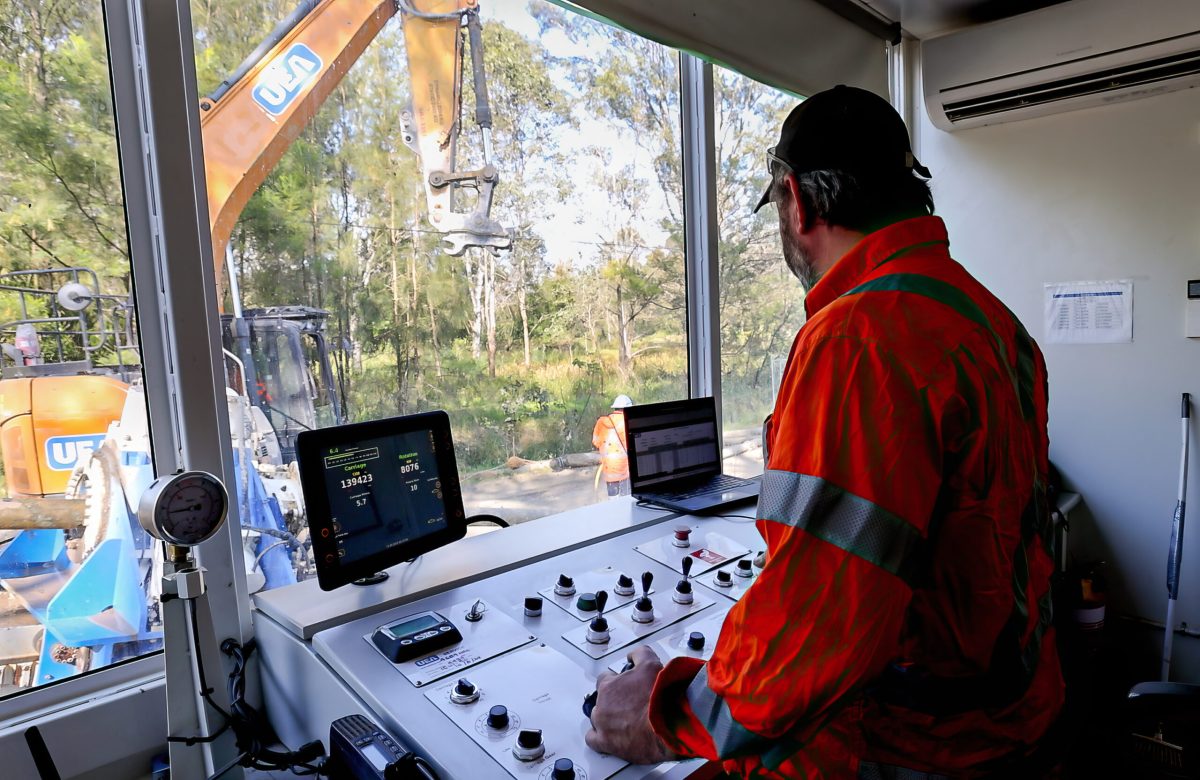
Drilling Fluids
The drilling fluids that are typically mixed and designed by a mud engineer serve various functions for the trenchless installation of a main. The unique functions of drilling fluid in the HDD process is:
- To discharge and remove the soil/geological cuttings in the bore.
- To reduce the friction of the drill rods in the borehole.
- To stabilise the borehole and to reduce the likelihood of the hole caving in.
- To lubricate and smoothly embed the new pipe whilst being pulled in.
- To protect the drill rods, drill head and reamers from abrasion.
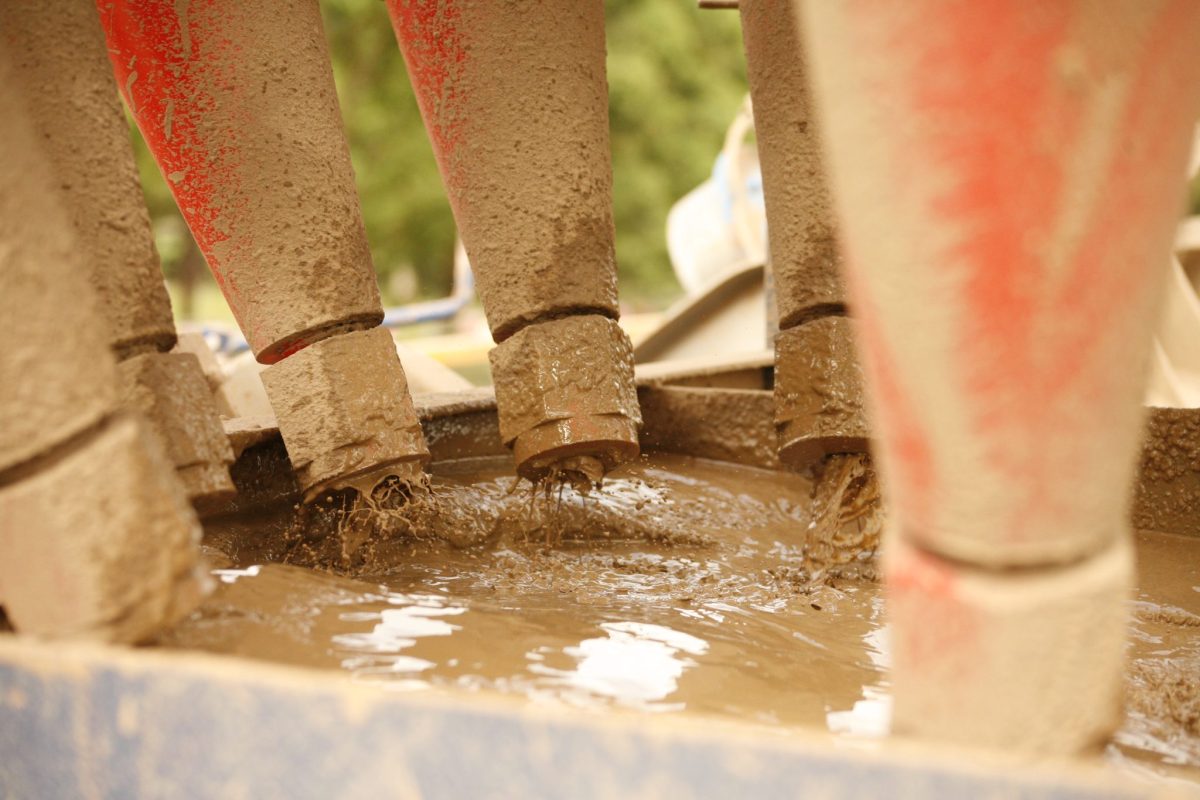
Tooling
The type of tooling to be used for a project is crucial and is based on the geotechnical data. The styles of reamers can range from soft ground to hard ground but not one style of reamer suits all.
In terms of costs, hard rock reamers are very expensive, and some reamers are a one-use only piece of tooling. Freight costs can be significant and exchange rates impact on pricing for tooling made overseas. Repair costs to reamers upon completion of work can also be significant. Not all reamers are made locally, and even when they are available, they can take time to manufacture.
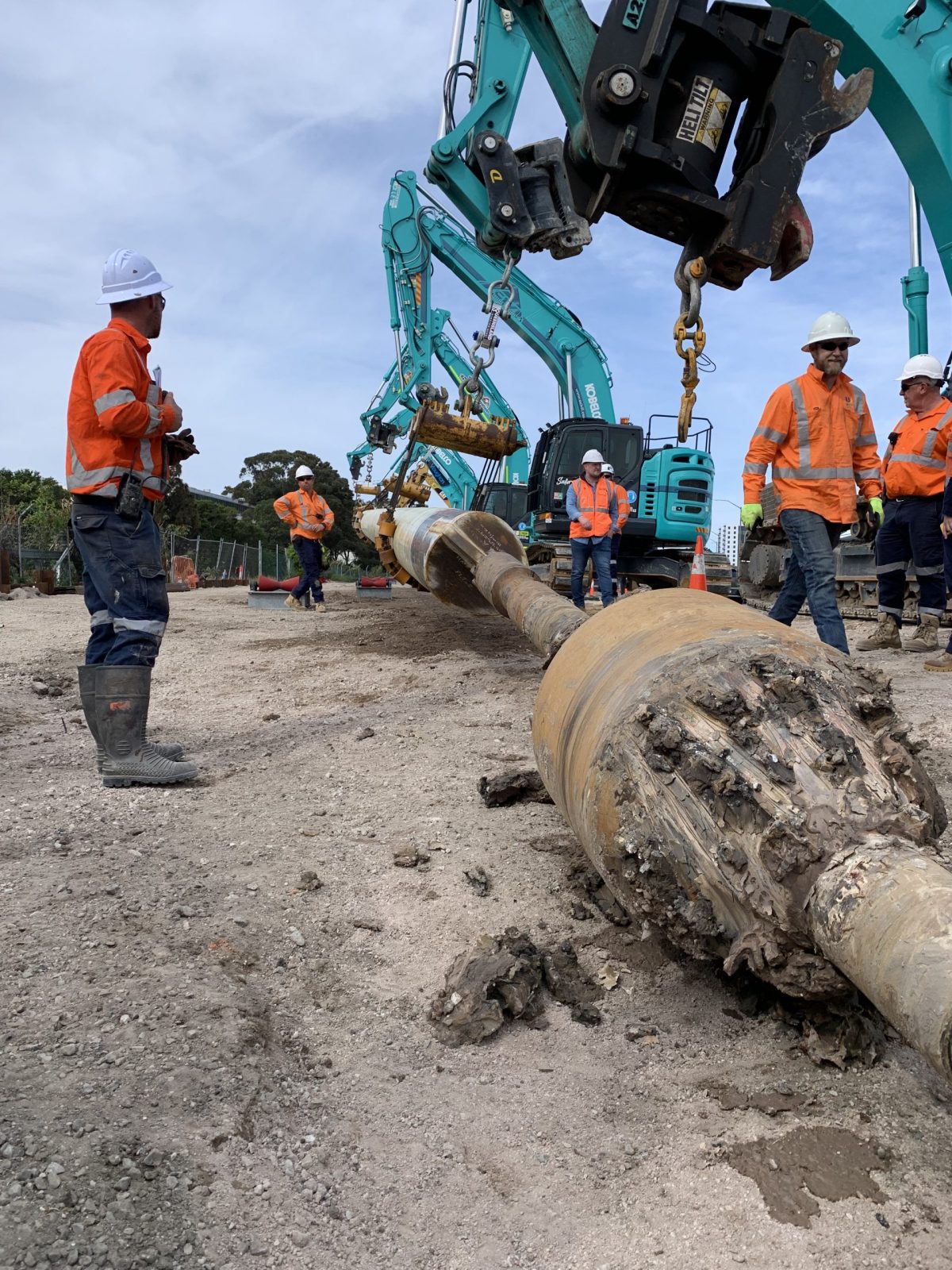
Guidance Systems
Walkover Guidance Systems
Walk-over guidance systems are regularly used during the construction process of a pilot bore. This style of guidance is predominantly used by the smaller street work machines. With this method, the drill head is tracked by monitoring the electromagnetic signal that is being transmitted by the sonde that is inside the casing/sonde housing of the drill head and provides the following information:
- drill head location
- calculated depth
- inclination of the head
- tool face angle
- temperature downhole, and
- forward and backward readings (front and rear locations) to determine the direction of the bore
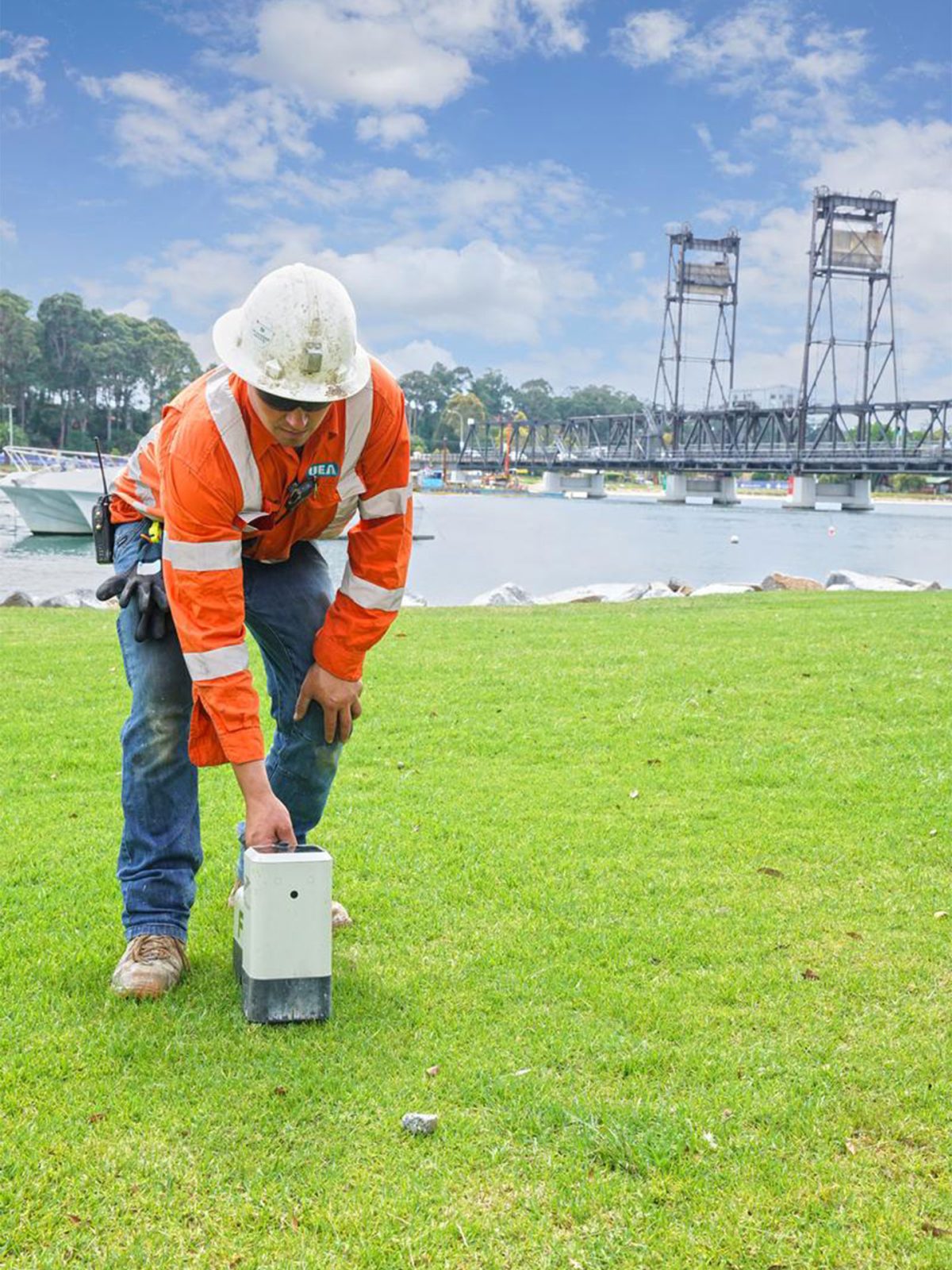
Guidance Systems
Steering Tool Techniques
There are several alternatives to walkover guidance. Two types are used predominantly today – wireline & gyro techniques. These techniques are used on a regular basis on longer and more technical bores – especially where bend radius and accurate locations are required
Wireline Techniques
- This system uses very precise detection systems in the bore head that measure the inclination, the directional angles and the roll of the bore head.
- Since the azimuth is often measured via magnetometers, the detection system must be placed in a housing or rod made of anti-magnetic steel.
- The inclination and roll can be measured gravitationally, inductively or by accelerometers. Artificial magnetic fields for HDD bores are often laid out using cable loop.
Gyro
- The tool is mounted behind the jetting assembly/mud motor.
- The downhole unit measures the position of the steering tool in real time.
- This information is combined with the drilled length to calculate the displacement through our proprietary algorithms. With this, the drill head can thereby be accurately steered over the envisaged bore path.
- The Gyro steering tool is not dependent on magnetic fields or beacons and hence has a (much) shorter setup time.
System Requirements
Both types of guidance system require:
- a steering engineer to 'track' the bore location
- a wire inside the rod to provide power
- extensive survey data to ensure the bore is accurate
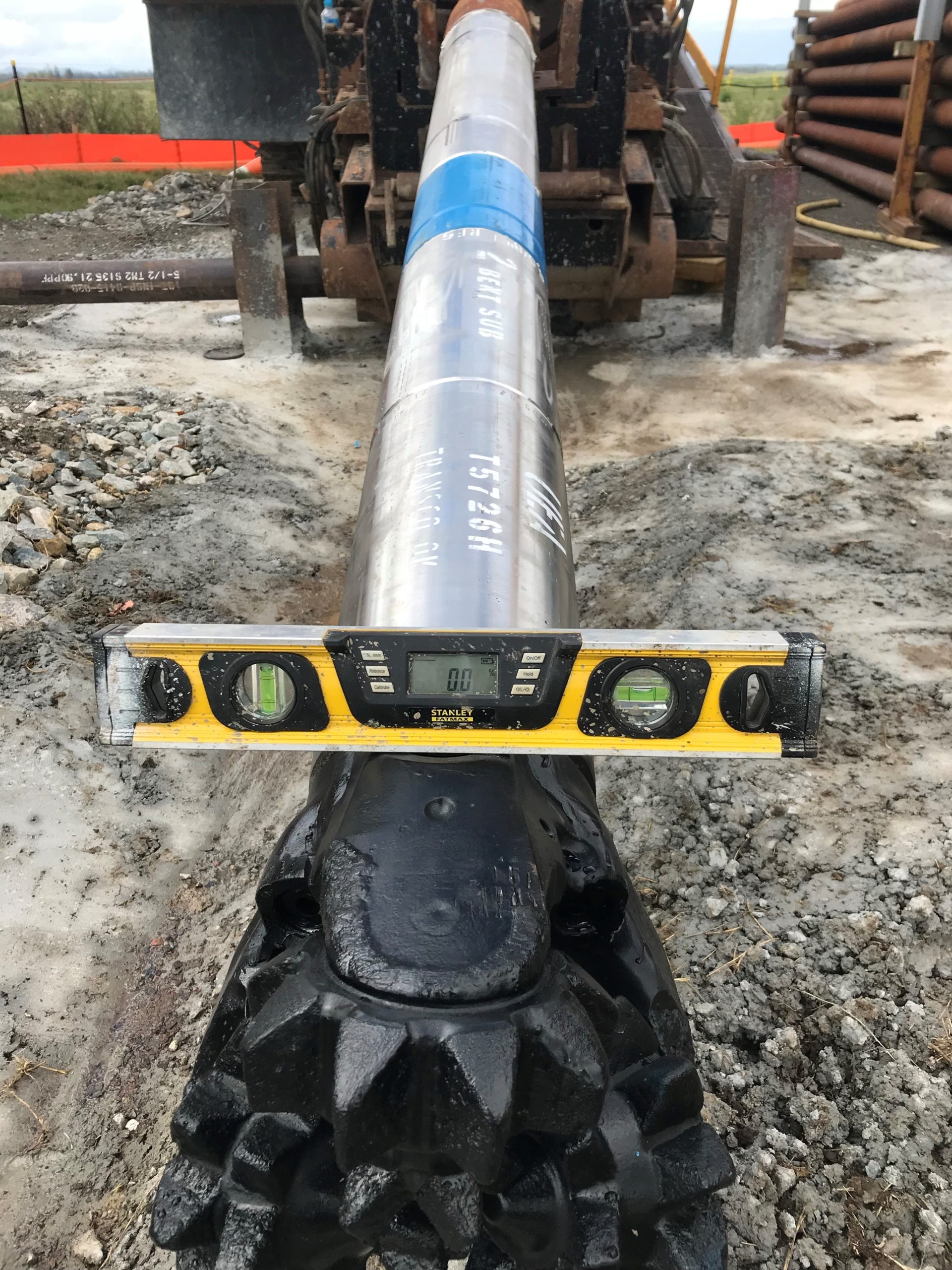
Need Help Scoping Your HDD Project?
Whether you're starting a new HDD project or need expert advice, our team will craft a plan that meets your project goals.
We'll work with you every step of the way to keep your project running smoothly, on schedule and on budget.
